Tag: study
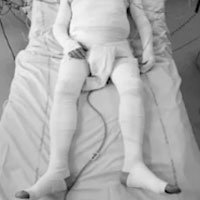
A Compression Method to Reduce Fluid Balance of Septic Shock Patients
This article presents a close look at the Corporeal Compression at the Onset of Septic shock (COCOONs). Fluid overload in septic intensive care unit (ICU) patients is common and strongly associated with poor outcome. There... read more

Preventing Surgical Site Infections Related to Abdominal Drains in the ICU
Surgical site infections are significant contributors to health care–associated infections. Nursing interventions may help decrease the incidence of surgical site infections, particularly in regards to the management of... read more

Laryngeal Injury and Upper Airway Symptoms After Oral Endotracheal Intubation With Mechanical Ventilation During Critical Care
Laryngeal injury from intubation is common in the ICU setting. Guidelines for laryngeal assessment and postextubation surveillance do not exist. A systematic approach to more robust investigations could increase knowledge... read more

Antipsychotics to Treat Delirium in Hospitalized Patients Not Including the ICUs
No evidence has been found to support or refute the suggestion that antipsychotics shorten the course of delirium in hospitalized patients. Based on the available studies, antipsychotics do not reduce the severity of delirium... read more

Prophylactic Haloperidol Effects on Long-term Quality of Life in Critically Ill Patients at High Risk for Delirium
Prophylactic haloperidol use does not affect long-term quality of life in critically ill patients at high risk for delirium. Several factors, including the modifiable factor number of sedation-induced coma days, are associated... read more
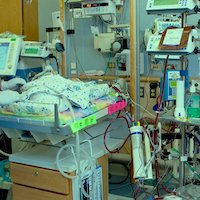
Sedation Practices of Neonates Receiving ECMO
Neonatal sedation practices during extracorporeal membrane oxygenation (ECMO) are not well described and no universal guidelines exist. Current literature describes types of medications used in adult and pediatric ECMO... read more
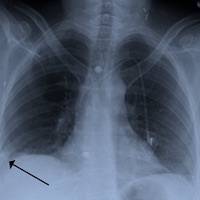
Pulmonary Embolism Hospitalization, Readmission, and Mortality Rates in US Older Adults
Over the past 15 years, advances have occurred in the diagnosis and management of pulmonary embolism (PE).1 Computed tomographic pulmonary angiography (CTPA) is now the routine diagnostic test. The availability of risk... read more
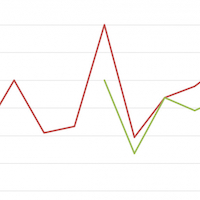
Outcome After Out-of-Hospital Ventricular Fibrillation or Pulseless Ventricular Tachycardia
Survival was found to be at the upper range of the results retrieved by the systematic literature review. However, we found no significant improvements over time. The neurological outcomes of the survivors were favorable.... read more
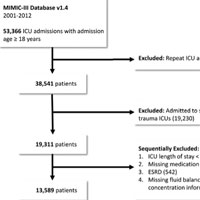
Estimated Effects of Early Diuretic Use in Critical Illness
The main objectives of this study was to estimate the effects of diuretic use during the first 24 hours of an ICU stay on in-hospital mortality and other clinical outcomes including acute kidney injury (AKI) and duration... read more

The Role of Central Venous Oxygen Saturation (ScvO2) as an Indicator of Blood Transfusion in the Critically Ill
Transfusion of red blood cells is an everyday practice in critical care with the primary aim of restoring adequate tissue oxygenation. However, blood transfusion may also be harmful and costly, therefore a so called restrictive... read more

Department-Based ICU Improves Patient Survival Rates
A new Michigan Medicine study found that implementing a dedicated emergency medicine department-based intensive care unit improved patient survival rates and lowered inpatient intensive care unit (ICU) admissions. In the... read more

Risk Factors Associated with 30-day Mortality for Out-of-Center ECMO Support
Out-of-hospital extracorporeal membrane oxygenation (ECMO) implantation and ECMO transport have become a growing field useful for emergent treatment of heart or lung failure with increasing number of centers launching such... read more

Extubating Ventilated Patients on Vasoactive Infusions is Safe
In a large single centre study, 21% of intubated patients who received infusions of vasoactive infusions while mechanically ventilated were extubated for the first time while still receiving them. Coincident with their earlier... read more

Counterbalancing Work-related Stress? Work Engagement Among Intensive Care Professionals
Work engagement counterbalances work-related stress reactions. The relatively high workload in ICUs, coupled with an especially heavy emotional burden, may be acknowledged as an integral part of ICU work. This workload... read more




